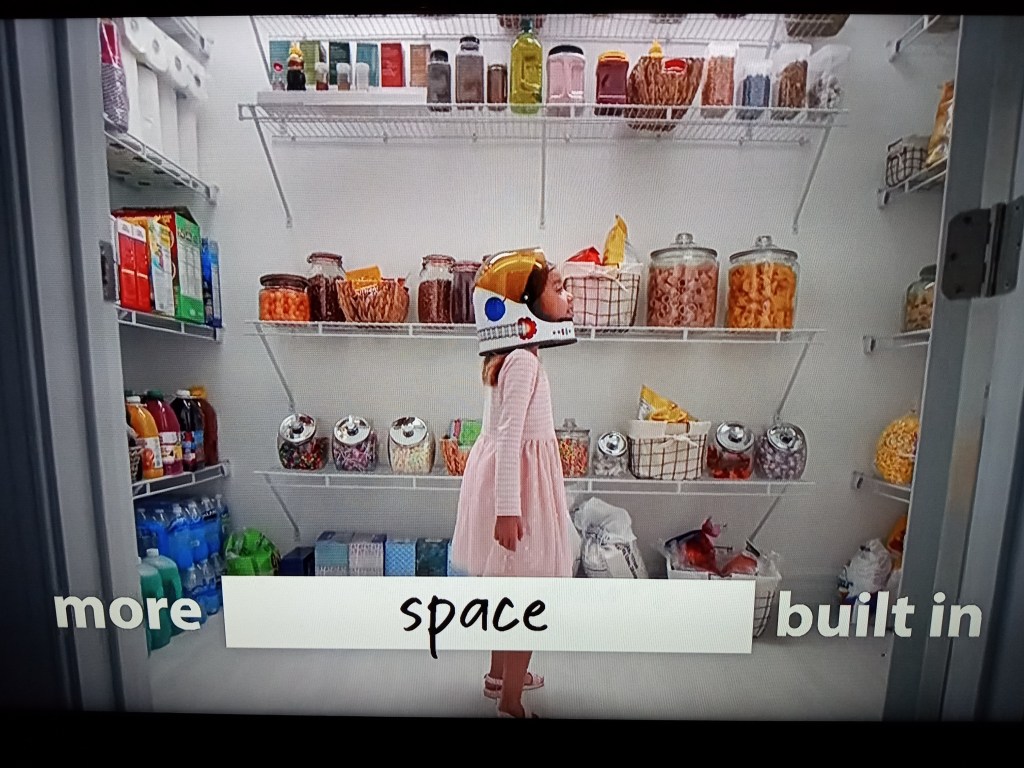
The Naperville City Council this week gave the go-ahead for a developer to pursue an annexation agreement that would absorb the Naperville Polo Club into the city and open the door for the land to be transformed into a residential subdivision.
Mayor Steve Chirico and council members expressed support for the plan that would bring 252 single-family homes and 149 townhouses to 110 acres off 119th Street just east of Route 59. But they requested project tweaks mostly focusing on traffic flow and congestion…
Pulte plans to build four different home styles at differing price points, including a percentage of affordable housing dedicated to households earning $100,000 to $125,000 a year.
This is a follow-up to a recent post where I wondered about this being labeled as affordable housing. I would like to hear more from elected officials and city employees about how they see this serving the affordable housing needs of Naperville and the surrounding rea. Who exactly do they hope moves into such affordable housing? Why not offer cheaper housing? What does Pulte think of constructing affordable housing? There is a lot more that could be explored here but I suspect the involved parties will be happy to claim they helped provide “affordable housing” in a wealthy suburb.

